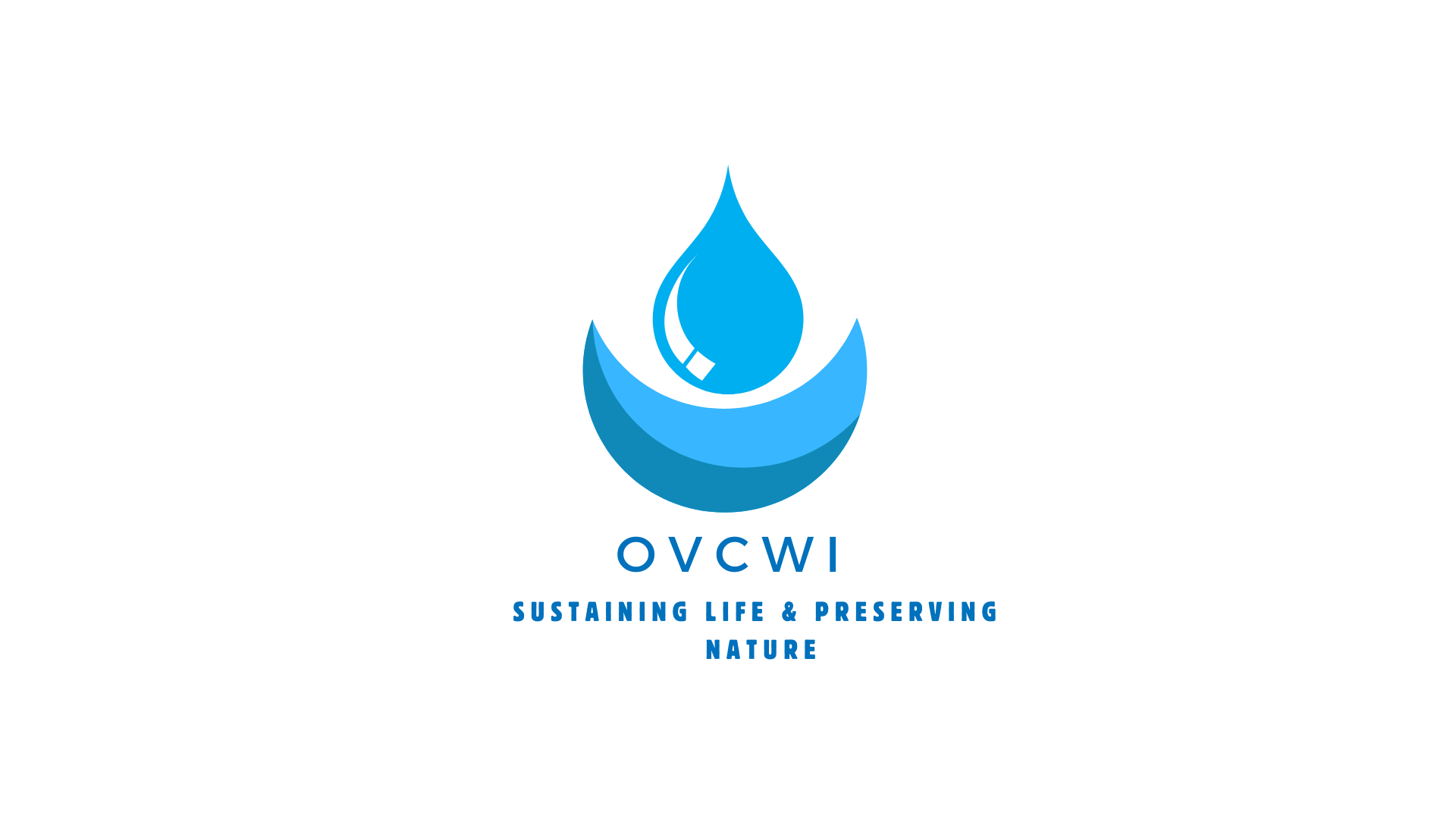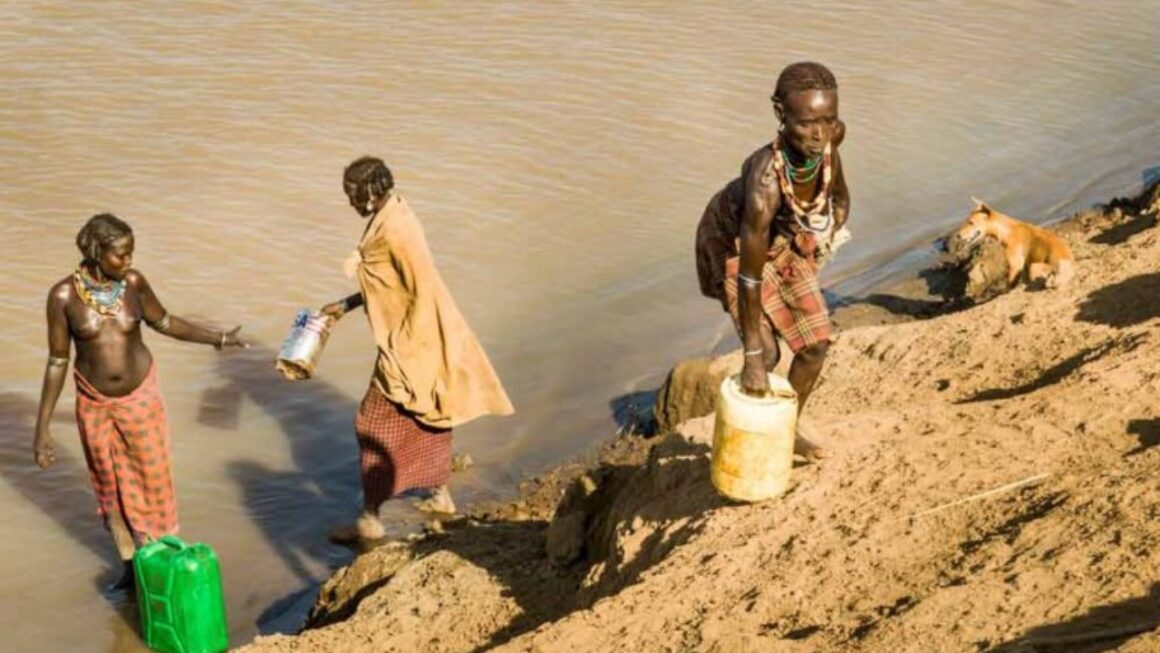The Omo Valley region of Ethiopia is well-known for its rich cultural heritage and biodiversity. One of the main challenges faced by the communities living in this region is the lack of access to clean and safe water. This has led to waterborne diseases, and scarcity of water for agricultural purposes, and has hindered the economic and social development of the region. In response to this, several NGOs and organizations have been actively working to address the water crisis in the Omo Valley region of Ethiopia. In this article, we will highlight the efforts of seven such organizations – WaterAid Ethiopia, Charity: water Ethiopia, Water.org Ethiopia, Oxfam in Ethiopia, Plan International Ethiopia, World Vision Ethiopia, CARE Ethiopia, and the International Rescue Committee (IRC) Ethiopia.
WaterAid Ethiopia is a non-profit organization that has been working in the water sector of Ethiopia since 1983. They have a strong presence in the Omo Valley region and have implemented various projects to improve access to safe and clean water for the communities. Their focus is on sustainable solutions, and they work closely with the local government, community leaders, and other NGOs to provide safe water, sanitation, and hygiene education to the communities.
Charity: water Ethiopia is a non-profit organization that works towards providing clean and safe drinking water to people in developing countries. They have been working in the Omo Valley region since 2006 and have implemented various water projects, including drilling and rehabilitating wells, building water systems, and distributing water filters. Their unique approach of using 100% of public donations to fund water projects has gained their popularity and trust among the local communities.
Water.org Ethiopia is another NGO that has been working in the country since 2004 to improve access to sustainable water and sanitation solutions. In the Omo Valley region, they have implemented projects such as building water systems, constructing pipelines, and providing water filters to households. Water.org also works with local microfinance institutions to provide affordable loans to households for accessing water and sanitation services.
Oxfam in Ethiopia has been operational since the early 1970s and has been working towards providing sustainable water solutions to the communities. In the Omo Valley region, they have implemented numerous water projects, including drilling boreholes, rehabilitating hand pumps, constructing water points, and providing sanitation facilities. Oxfam also works closely with the communities to promote good hygiene practices and build their capacity to manage and maintain water systems.
Plan International Ethiopia has been working in Ethiopia since 1974, focusing on children’s rights and well-being. In the Omo Valley region, they have implemented projects to improve access to water, sanitation, and hygiene services in schools and health facilities. They also work with the communities to construct and maintain water points and promote awareness on good hygiene practices.
World Vision Ethiopia has been operational in the country since 1971 and has been working to improve access to safe water, sanitation, and hygiene services. In the Omo Valley region, they have implemented projects to construct water points, rehabilitate hand pumps, and promote good hygiene practices among the communities. They also train and empower community members, especially women, to become water managers and ensure the sustainability of the projects.
CARE Ethiopia has been operational in the country since 1974, responding to humanitarian crises and promoting development. In the Omo Valley region, they have implemented various water projects, including constructing water systems, drilling boreholes, and promoting good hygiene practices. CARE also works towards empowering women and promoting gender equality in water management and decision-making.
The International Rescue Committee (IRC) Ethiopia has been providing humanitarian aid in the country since 1999. In the Omo Valley region, they have implemented projects to improve access to safe water, sanitation, and hygiene services for refugees and host communities. They also work towards building the capacity of communities to manage and maintain water systems.
In conclusion, these NGOs and organizations have been instrumental in addressing the water crisis in the Omo Valley region of Ethiopia. Their efforts have not only improved access to clean and safe water but also brought about positive changes in health, education, and economic opportunities for the communities. With their continued support, the Omo Valley region is on its way towards a brighter and healthier future.
The Omo Valley Case:
The issue of lack of clean water in the Omo Valley in Ethiopia is complex and cannot be attributed to a single cause. While there are numerous NGOs working in Ethiopia, the Omo Valley is a particularly isolated and remote area, making it difficult for aid organizations to access and implement projects.
Some of the challenges that contribute to the lack of clean water in the Omo Valley include:
1. Geographic location and terrain: The Omo Valley is located in the southwestern part of Ethiopia, with most of its population living in rural and remote areas. The terrain is rugged and the region is prone to droughts and floods, making it challenging to implement sustainable water projects.
2. Lack of infrastructure: The Omo Valley lacks basic infrastructure such as roads, electricity, and communication networks, making it difficult to transport materials and equipment needed for water projects.
3. Limited funding and resources: Despite the efforts of NGOs, funding for water projects in the Omo Valley is limited. This can be attributed to competing priorities in the region, such as food security and health.
4. Limited local involvement and community ownership: In some cases, NGOs may not involve local communities in the planning and implementation of water projects, leading to a lack of community ownership and sustainability of the projects.
5. Political instability and conflict: The Omo Valley has been affected by political unrest and conflicts, which can disrupt ongoing water projects and make it difficult for NGOs to operate in the region.
It is also important to note that the impact of these NGOs may not be immediately visible, as the work they do involves long-term solutions and infrastructure development. Implementing sustainable water solutions also requires working closely with local communities, changing behaviors and cultural norms, and addressing underlying issues such as poverty and access to education. This can take time and resources, and the impact may not be immediately apparent.
In conclusion, while the NGOs listed above have made efforts to address the issue of lack of clean water in Ethiopia, the complex challenges in the Omo Valley and limited resources can hinder their efforts. This issue requires a holistic approach, involving collaboration between NGOs, the government, and local communities to address the underlying causes and implement sustainable solutions.
Discover more from Omo Valley Clean Potable Water Initiatives
Subscribe to get the latest posts sent to your email.



Leave a Reply